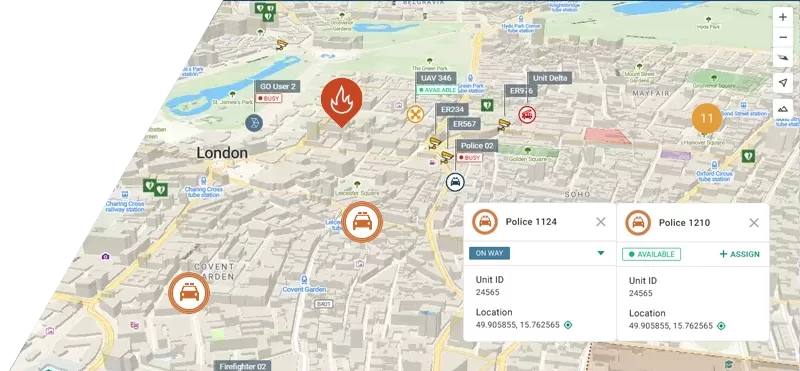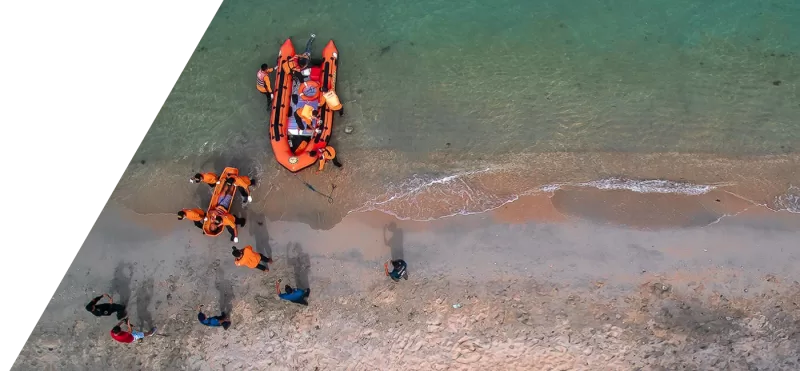Nuclear power plants are among the most advanced and efficient facilities for electricity generation. However, ensuring nuclear power plant security requires strict reliability and safety measures. Their equipment undergoes continuous upgrades with new technologies and methods to maintain optimal performance. This principle applies to all aspects of operation, including traffic control, maintenance, and security.
Table of Contents
Firefighters’ Role in Nuclear Power Plant Security
A key component of nuclear power plant security is a dedicated team of professional firefighters. Their primary responsibility is to ensure rapid and effective intervention in case of emergencies while also focusing on fire prevention within the power plant. At Dukovany, 64 professional firefighters operate in four shifts, providing round-the-clock protection. Due to the plant’s location, they also assist in emergencies in the South Moravian and Vysočina Regions. Recently, they introduced a new intervention system to enhance coordination during emergency responses.
“When assessing and selecting a suitable system, we put the emphasis on 100% reliability, the extent of available information, connection to the system of Firefighters of the Czech Republic as well as experience and operation abroad,” said Tomáš Richter, the commander of the Fire Rescue Service of the Dukovany NPP.

Advanced Technology for Faster Emergency Response
Since June, the GINA intervention system has been tested and is now in full operation. Firefighters can access critical information on tablets, including the intervention location, incident details, and direct contact with the notifier. They can also dispatch IRS units such as the Police of the Czech Republic or emergency medical services.
A sophisticated data layer system allows firefighters to manage a data warehouse containing object information around the plant. This information is automatically recorded in the necessary databases of both the nuclear power plant and the fire brigade.

For example, photos and videos taken from a tablet during an intervention are automatically saved and instantly accessible for further analysis by the unit commander and the Operations Center of the Fire Rescue Service of the Czech Republic.
“Emergency cars and technical equipment in the equipment of the Dukovany Nuclear Power Plant were completely modernized within the so-called stress-testing measures and expanded to include heavy machinery to deal with the consequences of extreme climatic influences,“ said Roman Havlín, Director of Security.
This year alone, Dukovany’s firefighters, in cooperation with regional units, have responded to 20 incidents, including fires and road accidents, and carried out 143 technical assistance operations at the power plant.
source: pozary.cz










